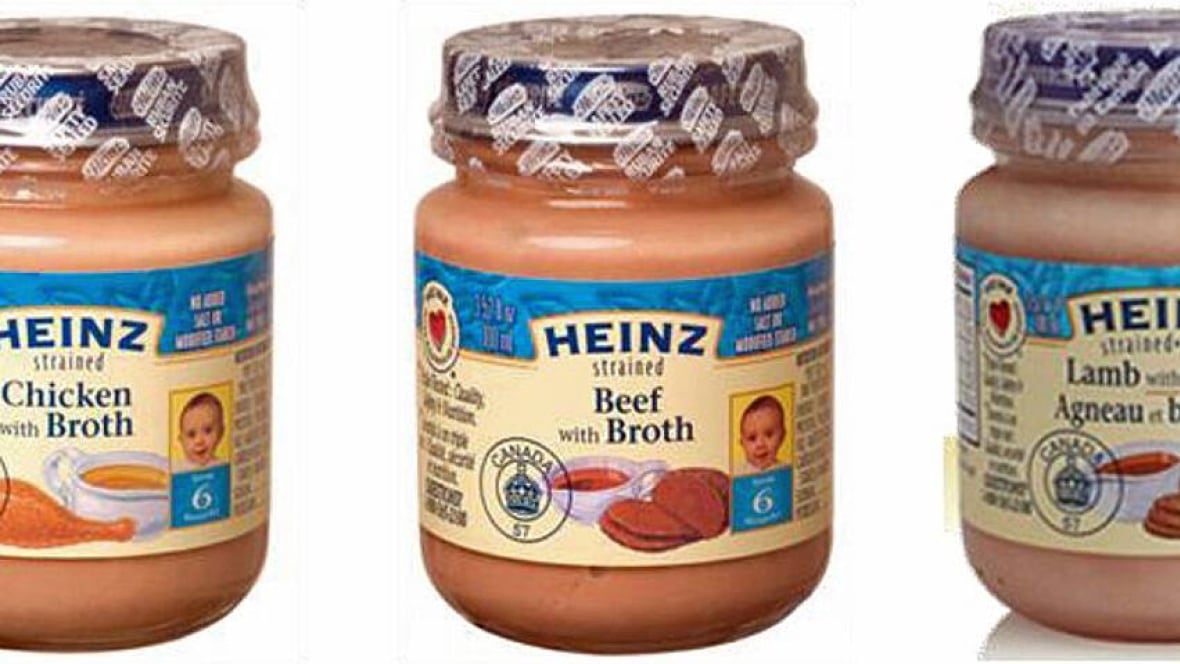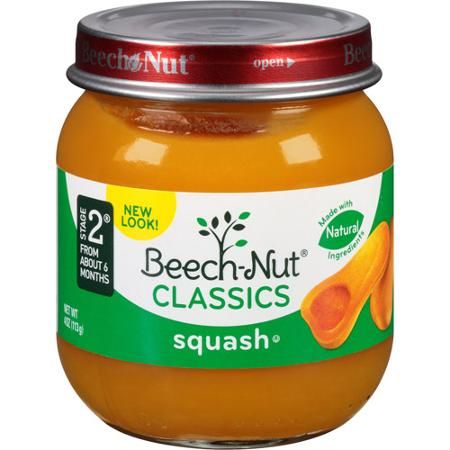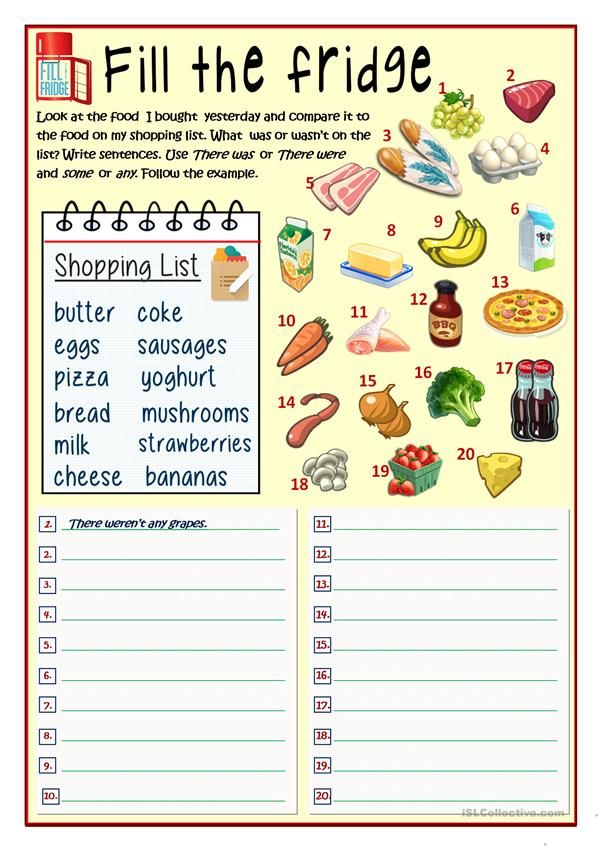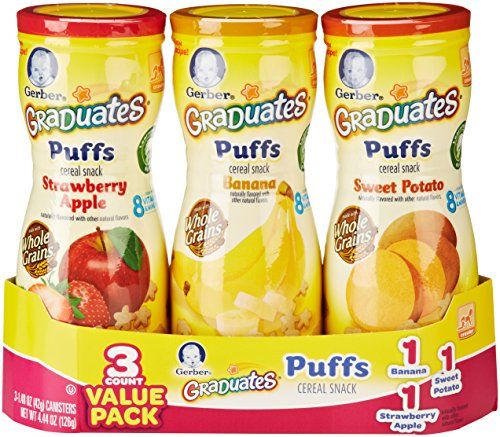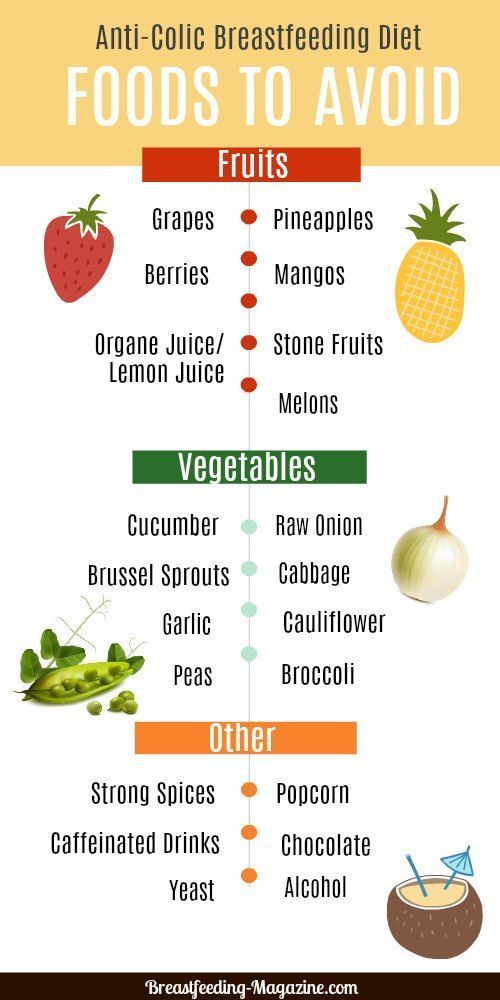Signs of readiness for baby food
Introducing solids: why, when, what & how
Solid foods: why babies need them
As babies get older, they need solid food to get enough nutrients for growth and development. These essential nutrients include iron, zinc and others.
For the first 6 months of life, babies use iron stored in their bodies from when they were in the womb. They also get some iron from breastmilk and/or infant formula. But babies’ iron stores go down as they grow. By around 6 months, babies need to start having solid food.
Introducing solids is also important for helping babies learn to eat, giving them experience of new tastes and textures from a range of foods. It develops their teeth and jaws, and it builds other skills that they’ll need later for language development.
Signs that it’s time to introduce solids
Signs your baby is ready for solids include when your baby:
- has good head and neck control and can sit upright when supported
- shows an interest in food – for example, they look at what’s on your plate
- reaches out for your food
- opens their mouth when you offer them food on a spoon.
Most babies start to show these signs by around 6 months, although this can vary.
It’s recommended not to introduce solids before 4 months.
If your baby is nearing 7 months of age and hasn’t started solids, you might like to get some advice from your child and family health nurse or GP.
The best times of day to introduce solids
When you’re first introducing solids, it’s good to offer solids when you and your baby are both happy and relaxed.
This is often after a feed of breastmilk or formula. Babies will still have room in their tummies for a taste of new foods after a feed of breastmilk or formula. But if they’re really hungry before a feed, they just want the breastmilk or formula that they know satisfies their hunger.
As time passes, you’ll learn when your baby is hungry or full, not interested or tired.
Signs of hunger include your baby:
- getting excited when they see you getting their food ready
- leaning towards you while they’re sitting in the highchair
- opening their mouth as you’re about to feed them.

Signs your baby is no longer interested include:
- turning their head away
- losing interest or getting distracted
- pushing the spoon away
- clamping their mouth shut.
Your baby’s appetite can vary from day to day.
How much food to offer when introducing solids
When you’re first introducing solids, try offering 1-2 teaspoons of food once a day. At first, your baby might have only a small taste and probably won’t swallow much.
As your baby grows, you can increase the amount according to your baby’s appetite and signs.
By 12 months, your baby should be eating around 3 small meals a day, plus breastmilk or infant formula.
The right textures for first foods
When your baby is ready for solids, first foods might be smooth or finely mashed, depending on what baby likes. Over the next weeks and months, your baby can move on to roughly mashed or minced foods and then chopped foods.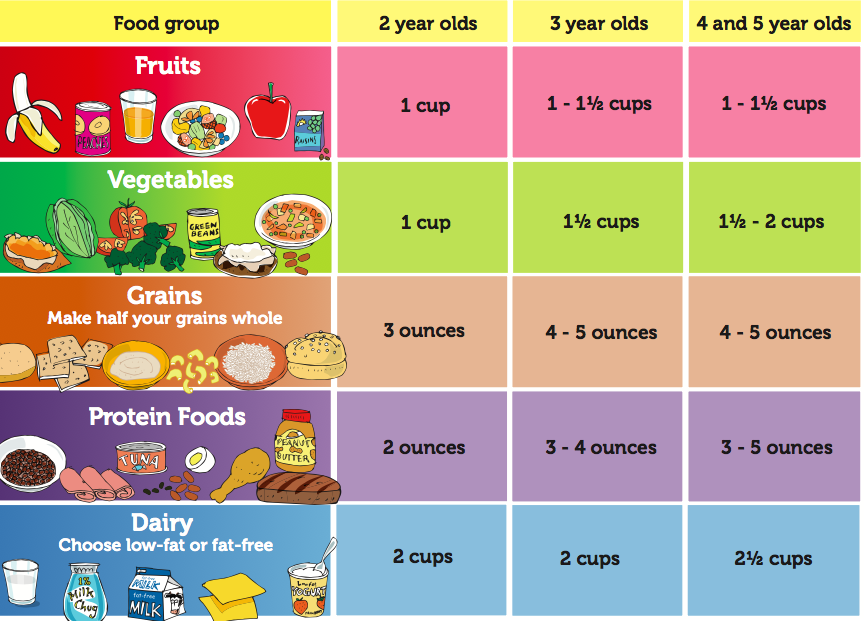 All foods should be very soft.
All foods should be very soft.
Your baby needs a variety of food textures. This helps your baby learn how to chew, and chewing helps with speech development and self-feeding. It also helps to prevent feeding difficulties as your baby develops. Babies can chew even before they get their first teeth.
By the time your baby is 12 months old, they should be eating the same foods that the rest of the family is eating. But you might still need to chop some foods into smaller pieces and cook vegetables until they’re soft.
To prevent choking, always supervise babies and young children while they’re eating solid food. Avoid nuts, take special care with pieces of meat and check fish for small bones, because these are choking hazards. And if your baby can move around, make sure baby is sitting down while they’re eating. If you sit with your baby while they’re eating, baby is less likely to move around.
Types of food to offer when introducing solids
All new foods are exciting for your baby.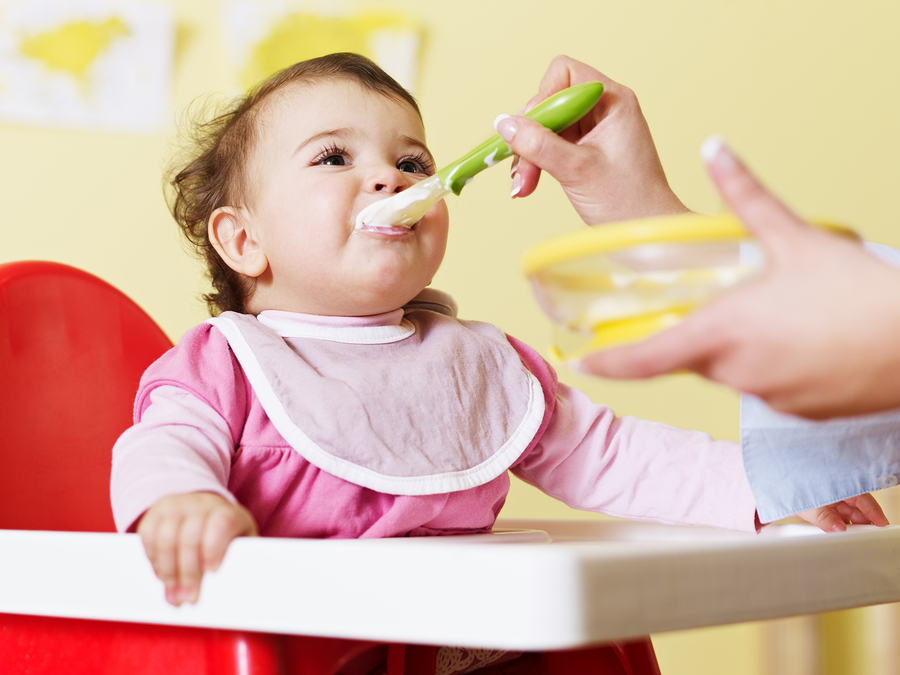
The key is to include iron-rich foods of the right texture in your baby’s first foods. Iron-rich foods include:
- iron-fortified infant cereal
- minced meat, poultry and fish
- cooked tofu and legumes
- mashed, cooked egg (avoid raw or runny egg).
To these iron-rich foods, you can add other healthy foods of the right texture like:
- vegetables – for example, cooked potato, pumpkin, sweet potato, carrot, broccoli or spinach
- fruit – for example, banana, apple, pear, melon or avocado
- grains – for example, oats, bread, rice and pasta
- dairy foods – for example, yoghurt and full-fat cheese.
You can introduce any number of new foods at a time and in any order. When you offer your baby a variety of foods, they can try plenty of new tastes and get a range of nutrients.
Read our tips for introducing solid foods to learn how to get your baby interested in new foods and manage mealtime mess and play.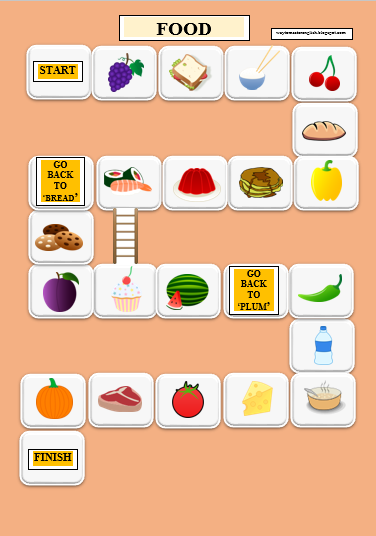
Breastmilk and infant formula while introducing solids
You should keep breastfeeding or using infant formula until at least 12 months.
When you start introducing solids, breastmilk or infant formula should still be the main source of your baby’s nutrition. Over the next few months, your baby will start having more solids and less milk or formula. The rate that this happens will vary.
By around 9 months, babies have generally developed enough chewing and swallowing skills to move from having milk before solids to having milk after solids.
Here are some signs that your baby is getting enough nutrition from both solids and breastmilk or formula during this time. Your baby:
- has plenty of wet nappies – at least 6-8 wet cloth nappies or 5 very wet disposables in 24 hours
- is alert and mostly happy after and between feeds
- is gaining weight at about the right rate – your child and family health nurse will weigh your baby at your regular check-ups.

From 12 months onwards, solids should be the main source of your baby’s nutrition. Your baby doesn’t need infant formula after 12 months, but you can keep breastfeeding for as long as you and your baby like.
If solid food replaces breastmilk and/or infant formula too quickly, babies can miss out on important nutrition. If you have any concerns about your baby’s feeds or weight, talk to your midwife, child and family health nurse, lactation consultant or GP.
Introducing water
Once your baby has reached 6 months, you can start to offer baby cooled, boiled water in a cup at mealtimes and at other times during the day. This is so your baby can practise drinking from a cup, but baby still doesn’t really need fluids other than breastmilk or formula at this age.
Once your baby has reached 12 months, you can offer fresh tap water without boiling it.
Foods and drinks to avoid while introducing solids
There are some foods to avoid until your baby is a certain age:
- Honey until 12 months – this is to avoid the risk of infant botulism.
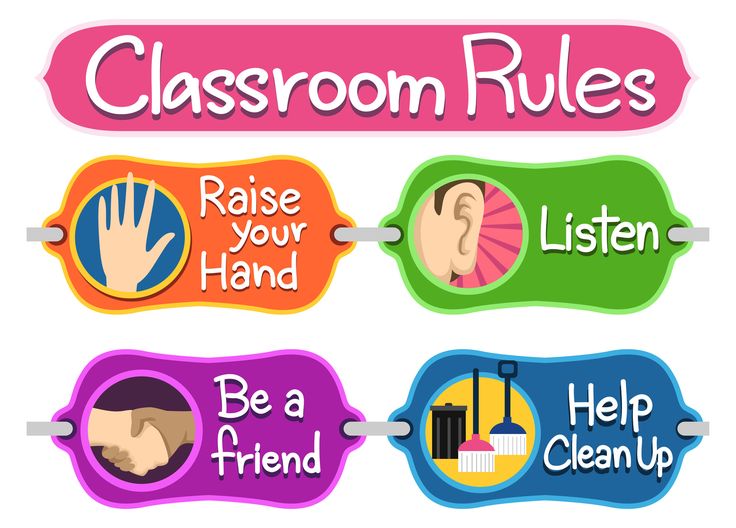
- Raw or runny eggs and foods containing raw eggs like home-made mayonnaise until 12 months – bacteria in raw eggs can be harmful to babies.
- Reduced-fat dairy until 2 years – babies need full-fat dairy for growth.
- Whole nuts and similar hard foods until 3 years – these are choking hazards.
There are some drinks to avoid until your baby is a certain age:
- pasteurised full-fat cow’s milk as a main drink until 12 months
- dairy alternatives like soy, goat’s, sheep’s, rice, oat, almond and coconut milk until 2 years, unless your GP or child and family health nurse has recommended these for a particular reason
- unpasteurised milks at all ages
- tea, coffee or sugar-sweetened drinks at all ages
- fruit juice – this should be limited at all ages (whole fruits are better because they have fibre and help babies develop chewing and feeding skills).
Your baby doesn’t need added salt or sugar. Processed or packaged foods with high levels of fat, sugar and/or salt aren’t good for babies and children. These foods include cakes, biscuits, chips and fried foods.
Processed or packaged foods with high levels of fat, sugar and/or salt aren’t good for babies and children. These foods include cakes, biscuits, chips and fried foods.
Food allergy and introducing solids
Introducing allergenic foods early can reduce the risk of your child developing food allergy. Allergenic foods are foods that might cause allergies.
All babies, including babies with a high allergy risk, should try solid foods that might cause allergies from around 6 months of age. These foods include well-cooked egg, peanut butter and other nut butters, wheat (from wheat-based breads, cereals and pasta) and cow’s milk (but not as a main drink).
Once you’ve introduced an allergenic food, it’s a good idea to regularly include it in your baby’s diet.
It’s a good idea to get advice from your GP, child and family health nurse, dietitian, paediatrician or allergy and immunology specialist for the following reasons:
- Your baby already has a food allergy.

- Your baby has severe eczema.
- Your family has a history of food allergy and you’re concerned about starting solids.
- You’re worried about reactions to foods.
Bite-Sized Milestones: Signs of Solid Food Readiness
Log in | Register
Ages & Stages
Ages & Stages
It’s not coincidental that many of the physical skills necessary to embark on solid food feeding are reached at right about the same time that babies can rise to the occasion. And just when breast milk or formula consumption often isn’t enough to tide them over, their digestive systems become ready to take on the challenge of solid foods. When your baby learns to master the following mealtime milestones, she is likely to be ready, willing, and able to start out on her feeding adventure.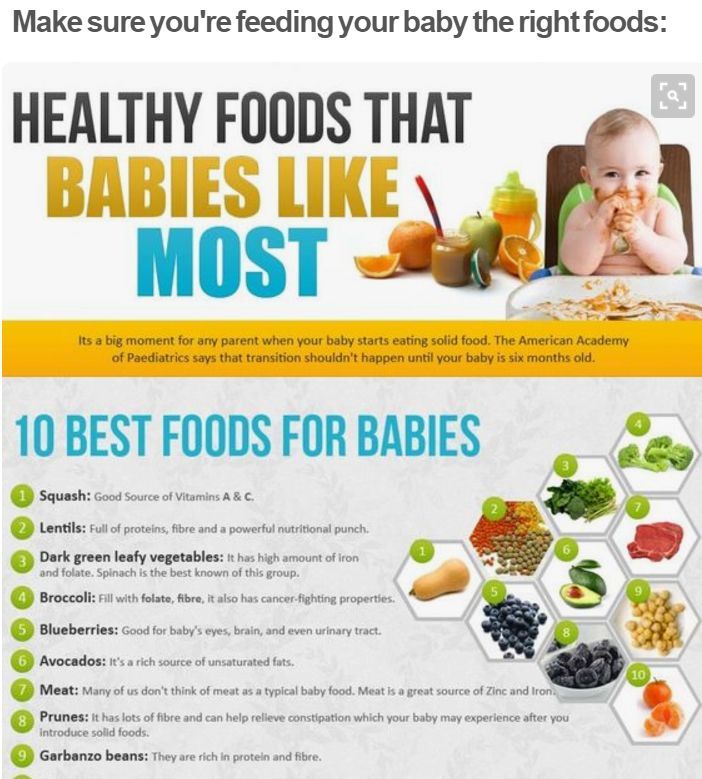
- Hold Her Head Up High. Although some babies are able to lift their heads in a show of strength from the day they are born, it’s usually not until 3 or 4 months of age that the ability to hold one’s head up consistently higher and for longer periods sets in.
- Sitting Pretty. Babies typically start sitting—albeit initially with a fair bit of propping—at about 6 months of age. Fortunately, several modern-day high chairs and feeding chairs come with convenient recline features that offer additional support for those not quite ready to sit fully upright on their own.
- Big Enough to Take It. As a rough rule of thumb, babies are big enough to tackle solid foods right around the time when they double their birth weight and reach a minimum of about 13 pounds.
- Open Wide. As babies become more aware of the world around them, they also tend to become more interested in food—often watching food intently and opening their mouths in eager anticipation when they see some headed their way.

When your baby starts eating solid foods, be sure to introduce a variety of foods early - to avoid picky eating later on. AAP Pediatrician David Hill, MD, FAAP explains:
- Is Your Baby Hungry or Full? Responsive Feeding Explained
- Starting Solid Foods
- Growing Healthy: Baby Food & Feeding
- Author
- Laura A. Jana, MD, FAAP and Jennifer Shu, MD, FAAP
- Last Updated
- 1/16/2018
- Source
- Adapted from Food Fights, 2nd Edition (Copyright © 2012 American Academy of Pediatrics)
The information contained on this Web site should not be used as a substitute for the medical care and advice of your pediatrician. There may be variations in treatment that your pediatrician may recommend based on individual facts and circumstances.
There may be variations in treatment that your pediatrician may recommend based on individual facts and circumstances.
Signs of readiness for the introduction of complementary foods, part 1
Useful
08 May
Complementary foods are by no means introduced after reaching a certain age - age is only one of the factors. Readiness can only be judged by the presence of a combination of factors:
- At least 4 months old. (for babies who were born prematurely, the gestational age is taken as the basis).
- The child has doubled its birth weight. For premature babies, the coefficient is x2.5.
- The expulsion reflex of the tongue is gone. If you give to drink from a spoon, then its contents will not be on the chin (and we give complementary foods EXCLUSIVELY from a spoon so that it is processed with saliva).
- The child can sit.
 May lean towards the spoon or lean back, refusing to eat. Knows how to control the turn of the head - can turn away in case of refusal. Or tilt your head. nine0008
May lean towards the spoon or lean back, refusing to eat. Knows how to control the turn of the head - can turn away in case of refusal. Or tilt your head. nine0008 - If artificial*, eats more than a liter of formula per day and does not gorge. If she is breastfeeding, then at each feeding she eats both breasts and really wants more.
- The child can hold something in his fist and put it purposefully in his mouth.
- And most importantly, children show a HUGE interest in their parents' food and want to try it. Nature itself lets you know when the child's body is already able to accept food other than adapted food (mixture or mother's milk). For each child, this period, when ALL the factors of readiness are already manifested, comes individually. Average between 5 and 9months. By the way, even twins can give signs in different ways. There are situations when a child gives all signs of readiness as early as 4 months, and there are situations when a child can wait up to a year - but these are more extreme situations, although they are also a variant of the norm.
 Therefore, DO NOT rush with complementary foods. It's better to be "a little" late than to hurry. If the baby has good adequate nutrition (breast milk or a good adapted formula) - he will not be deprived of a source of nutrients. nine0031
Therefore, DO NOT rush with complementary foods. It's better to be "a little" late than to hurry. If the baby has good adequate nutrition (breast milk or a good adapted formula) - he will not be deprived of a source of nutrients. nine0031 - Start introducing complementary foods only to a healthy child or, in extreme cases, during the recovery period, with a normal stool;
- the first complementary foods are recommended for the second feeding;
- Complementary foods are introduced warm before breastfeeding or formula;
- Complementary foods are given from a spoon, vegetable puree can first be added to a bottle of milk so that the child gets used to the new taste more easily;
- each complementary food dish is introduced gradually, from small amounts (1-2 teaspoons) and brought to the age dose within two weeks; nine0008
- they switch to a new type of complementary foods 1.
 5-2 weeks after the introduction of the previous one;
5-2 weeks after the introduction of the previous one; - the density of complementary foods should gradually increase;
- it is recommended to introduce vegetable puree as the first complementary food;
- the second complementary food - cereals - you need to start introducing gluten-free cereals (rice, corn, buckwheat) and cook them on the milk or milk mixture that the child receives;
Basic rules for the introduction of complementary foods
Baby food jars contain the optimal amount of salt and sugar and therefore should not be added. It will be the best way to prepare complementary foods in the Beaba Babycook steamer-blender. Mom always knows what product will be used in the puree for feeding the baby, thereby excluding the appearance of allergic reactions in the child. nine0003
See also:
Similar messages
Is the baby ready for complementary foods? Additional signs of readiness - Encyclopedia Baby food
Levchuk Victoria ©
There are many signs that indicate the readiness of the baby to eat solid food. But how exactly do you know if the baby is really ready for complementary foods? Has the baby's weight doubled since birth? Is the child holding his head well?
But how exactly do you know if the baby is really ready for complementary foods? Has the baby's weight doubled since birth? Is the child holding his head well?
A baby may be 4 or 5 months old when the mother realizes that she needs more than formula or breast milk. Maybe he wakes up more often at night or eats more often than usual, and mom wonders if complementary foods might be what he needs. nine0003
Best advice. When introducing complementary foods, it is best to look not at the baby's calendar, but at the hunger signals that the baby shows. It is suitable for both breast milk and formula babies.
A growth spurt can be confused with a child's readiness for solid foods. It must be kept in mind that growth will flourish between 3-4 months. The baby may begin to wake up frequently during the night to feed and/or may begin to feed constantly like a newborn. This growth spurt often explains the child's increased hunger and should not be taken as a sign that the child needs solid food in their diet. nine0003
nine0003
You can try asking your child to eat more often or give formula instead of solid food. Within a week or two, the baby will stop growing rapidly and return to normal feeding.
Table of contents:
Here are a few signs that indicate that the baby is ready for the introduction of solid food:
1. Loss of tongue thrust reflex - This allows the child to drink and swallow liquid with ease; the tongue thrust reflex is preserved, the child can simply drink liquid purees or push food back. For the first four months, the tongue thrust reflex protects the baby from choking. When any unusual substance is placed on the tongue, it automatically protrudes outward and not backwards. From four to six months, this reflex gradually decreases, and solid food actually has a chance to make its way from the tongue to the tummy! nine0003
2. Ability to turn away from a bottle or breast. This is important because the child is able to independently regulate the amount of food eaten. This helps the child not to overeat when the parents continue to feed the child thinking that he is still hungry.
This helps the child not to overeat when the parents continue to feed the child thinking that he is still hungry.
3. The ability to sit and hold your head without help from outside
4. Interest in food (I rather disagree with this, because when a child reaches the age of 4-6 months, he is interested in putting everything in his mouth. ) nine0003
5. Doubling of body weight since birth
6. Often wakes up in the middle of the night when the sleep schedule is set. This is not the best indicator that the baby is ready for complementary foods. Keep in mind that a growth spurt will occur between 3-4 months of age, 6-7 months of age, and 9-10 months of age. The child may also sleep poorly due to illness or teething.
Will the baby sleep through the night if complementary foods are introduced?
Some parents find that if they start weaning early, their babies will sleep through the night. As a child grows, his sleep and wakefulness, as well as his diet, constantly changes.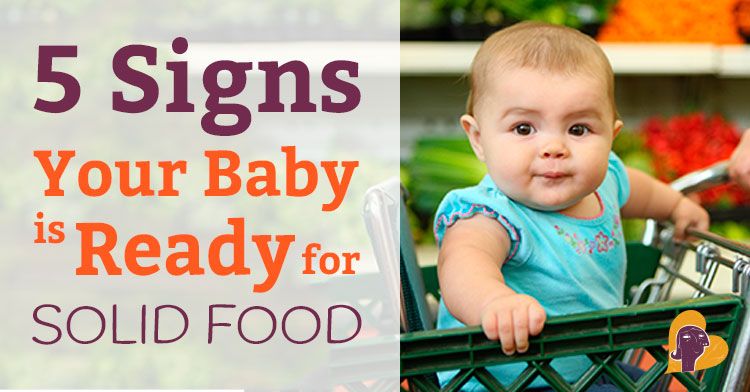
Some parents who introduce complementary foods early and at the same time their baby sleeps through the night is a natural process for the baby and often coincides with the addition of solid foods to the diet. This coincidence perpetuates the dangerous myth that offering solid foods early will help improve night's sleep. nine0003
To explain the above, we recall that between 6-8 months, the baby often wakes up at night for feeding. By this time the baby should be eating solid food and it no longer seems to help the baby sleep through the night. In reality, the baby is having another growth spurt and is waking up at night for more frequent feedings, regardless of the complementary foods she gets during the day. This is indeed "normal" and the baby may wake up during the night to feed.
Should parents listen to other people and start complementary foods early? nine0034
Many parents say that their own pediatricians or their friends' pediatricians have said that it's okay to start introducing your baby to adult foods from 4 months of age.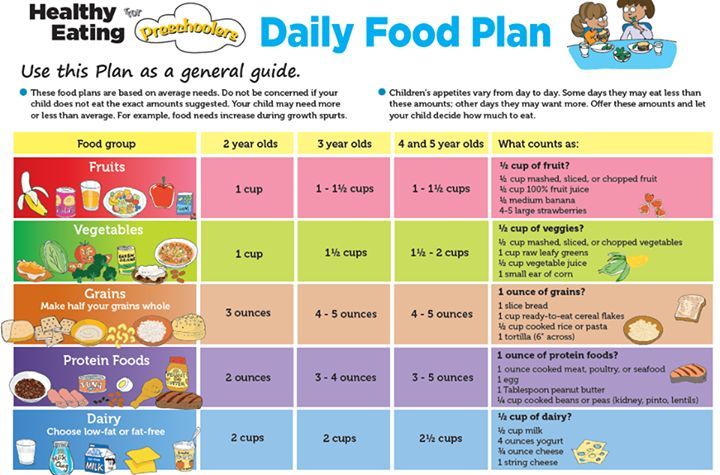 Until now, pediatricians simply say, "you can start complementary foods when the baby is 4 months old," because this has been the norm for many years.
Until now, pediatricians simply say, "you can start complementary foods when the baby is 4 months old," because this has been the norm for many years.
Public health acknowledges that there are no strict age guidelines for introducing complementary foods to a baby. However, the World Health Organization and many other health organizations recommend exclusive breastfeeding for the first 6 months. Breastfeeding is defined as the consumption of breast milk by an infant, without supplements of any type (no water, no juice, no non-human milk, and no food of any kind) except vitamins, minerals, and drugs. Breastfeeding alone has been shown to provide improved protection against many diseases and increase the likelihood of continued breastfeeding through at least the first year of life. This ensures optimal nutritional exposure and can prevent food allergies among other problems. Further studies have shown that the little man's gastrointestinal tract cannot and has not matured enough to properly digest solid food before 6-8 months of age. nine0003
nine0003
Opinions vary as to when is the best time to introduce adult food to a child, at 4 or 6 months.
However, 4 months of age is not recommended as an absolute starting point. At about four to six months old, you can start adding solid foods to your baby's diet. Most children are not ready for solids until this time, as they have not lost their tongue thrust reflex at this age.
Research shows that babies are very individual in their readiness for solid foods. One baby may be ready for solid foods at 4 months, while another doesn't show any signs of readiness until about 6 or 7 months. Just because a friend's baby started eating solid foods at 3 or 4 months of age doesn't mean you have to do the same. nine0003
Don't start introducing complementary foods early, don't blame yourself, call yourself a "bad mother" if the baby is not ready to introduce complementary foods before 6 months of age.
It must be kept in mind that "external" signs of readiness for solid food do not mean that the child's internal digestive system is mature and ready to digest foods.
It is necessary to carefully discuss with the pediatrician the beginning of the introduction of complementary foods.
If the pediatrician insists on starting complementary foods at 4 months of age and the mother feels that the baby is not ready, it is worth asking for an explanation of the benefits of introducing solid foods early. nine0003
It is important to remember that you should never start introducing complementary foods simply because your pediatrician suggested doing so, without any medical need. Only when the pros and cons of introducing adult foods have been carefully discussed with the pediatrician will the mother be able to make a decision.
Grandparents insist on introducing complementary foods to the baby
Some parents may be inclined to be influenced by relatives, grandparents and sometimes even their own mothers, saying: “You need to give the child real food, he is starving” or “The child’s nutrition is insufficient, he solid food is needed.

